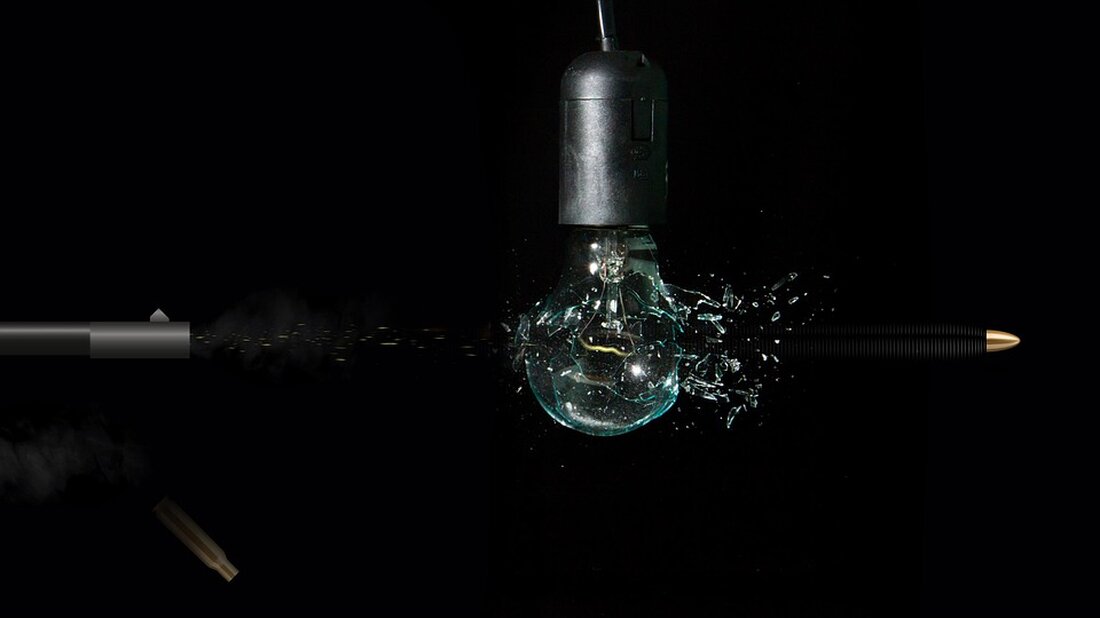Fact check: Trump and the alleged EU gift of $600 billion
Donald Trump claims the EU gave the US $600 billion. This article reviews the facts behind his statement and shows how the official explanation differs.

Fact check: Trump and the alleged EU gift of $600 billion
17 days ago, President Donald Trump made a remarkable claim in a interview with the business news channel CNBC. In connection with that Trade agreement in July with the European Union, he said the EU had given the United States a $600 billion gift that he could use as he wished.
Trump's claim about the $600 billion gift
"They gave me $600 billion. And that's a gift," he said. "This isn't a loan, just to be clear. It's not a loan that we have to pay back in three years. There's nothing to pay back. They gave us $600 billion to invest in anything we want." A CNBC journalist said she appreciated the information as they tried to clarify the details surrounding the $600 billion. Trump replied: "There are no details. The details are to invest $600 billion in whatever I want. Anything. I can do whatever I want."
Experts express skepticism
Trade experts expressed strong doubts about Trump's statements, particularly because the European side said in July that the $600 billion referred to the "intentions" of European private companies to invest in the US over a longer period of time, and not some kind of one-off handout from the EU to the Trump administration. However, at the time of the CNBC interview, it was not possible to definitively refute Trump's narrative because the US and EU had not published an official joint text recording what was agreed between the two sides.
The clarification of the EU framework
The two sides published a frame on Thursday. It is short and vague, but shows that there is no $600 billion gift. Instead, the framework contains a clause that states: "The United States and the European Union share one of the largest economic relationships in the world, supported by mutual investment stocks exceeding $5 trillion, and intend to promote and facilitate mutual investment on both sides of the Atlantic. In this context, European companies are expected to invest an additional $600 billion in strategic sectors in the United States by 2028."
Misinterpretations and facts
This is inconsistent with Trump's claim that the EU "gave" him a sum of $600 billion that he can "invest in anything he wants." Justin Wolfers, professor of economics at the University of Michigan, expressed on social media Thursday that Trump has received "not a dime" of the $600 billion "gift" he claimed. Wolfers added in an interview with CNN that there is “no obligation”; “Expects to” is not an obligation. And the text makes it clear that any money that is actually invested will not be given to the president for control, as Trump has claimed, nor will it be given to the U.S. government more broadly; instead, it is invested “by Europeans in whatever, preferably, Europeans want,” with the profits going to those Europeans.
Trump's response to the criticism
When reached for comment at the White House on the discrepancy between Trump's description of the $600 billion and what the official document says about it, spokesman Kush Desai said it was "pointless carping" about Trump's "historic victory for the American people." Desai said: "The President is right. The European Union is investing $600 billion in strategic sectors that will create thousands of jobs in the US, thanks to President Trump's negotiating skills."
Disagreements with Japan
The trade agreement with the European Union is not the only agreement about which Trump's description differs from the other side. Trump expressed in the same CNBC interview in early August that "I got a $550 billion signing bonus from Japan; that's our money. It's our money to invest with as we want." However, Japanese officials have the promised funds are different described. Its top customs negotiator, Ryosei Akazawa, said in July, according to the Japan Times, "It's not like $550 billion in cash will be sent to the US."
Instead, Akazawa explained that it is a $550 billion bundle made up of Japanese investments, loans and loan guarantees, with investments making up only 1% or 2% of the total (and the US receiving 90% of the profits from these investments). He expressed this month, that the investment could be more than 2% of the total, but he continued to describe something other than a supposed one-time amount of $550 billion that the US could spend as it pleased.
The US and Japan have not yet published an official joint text.

 Suche
Suche
 Mein Konto
Mein Konto